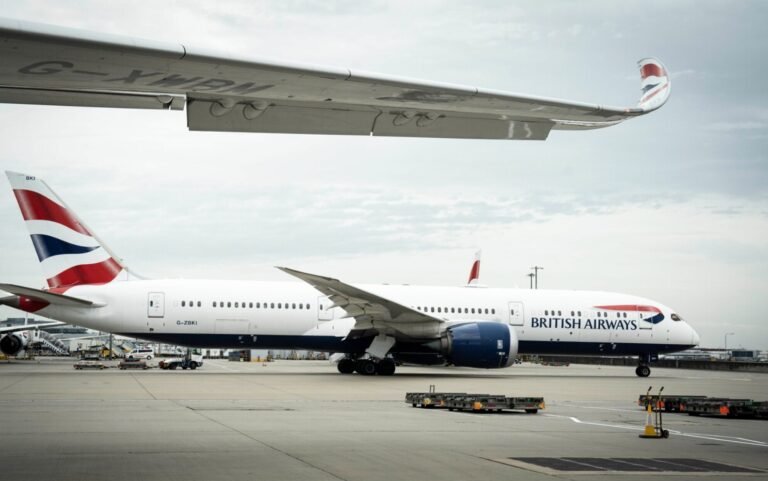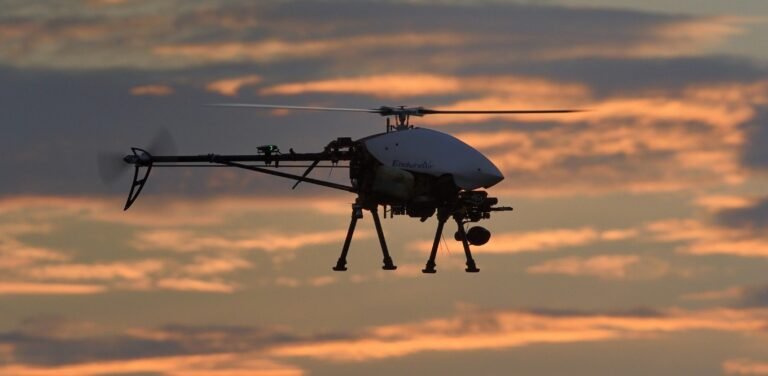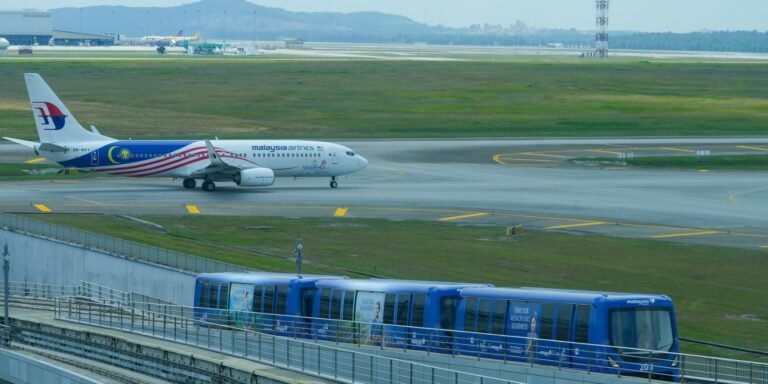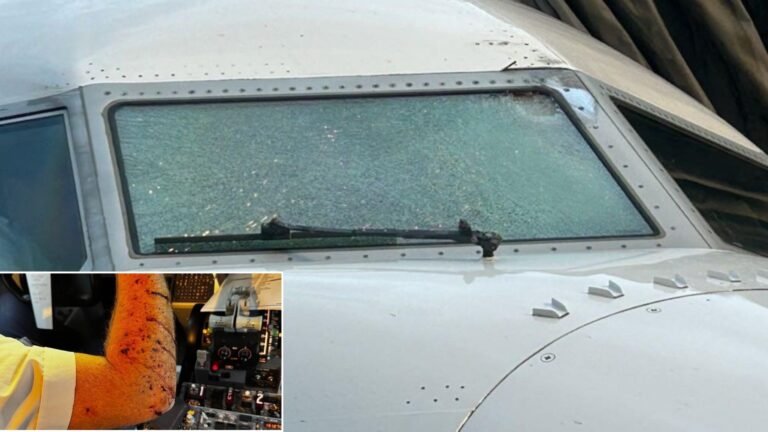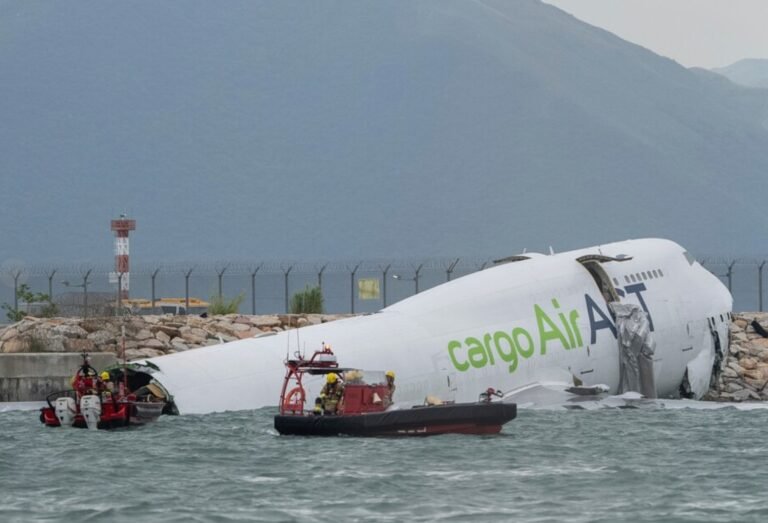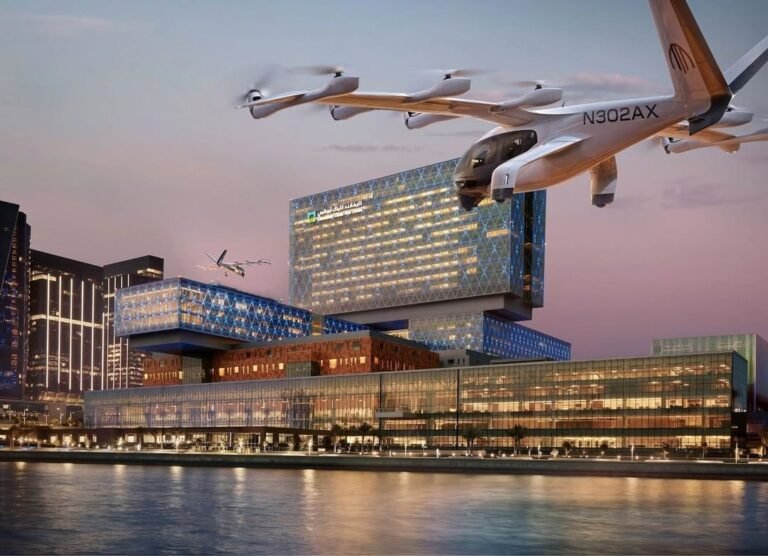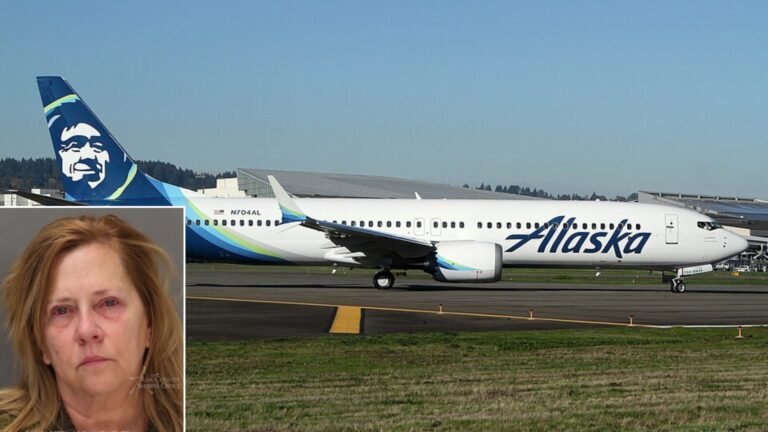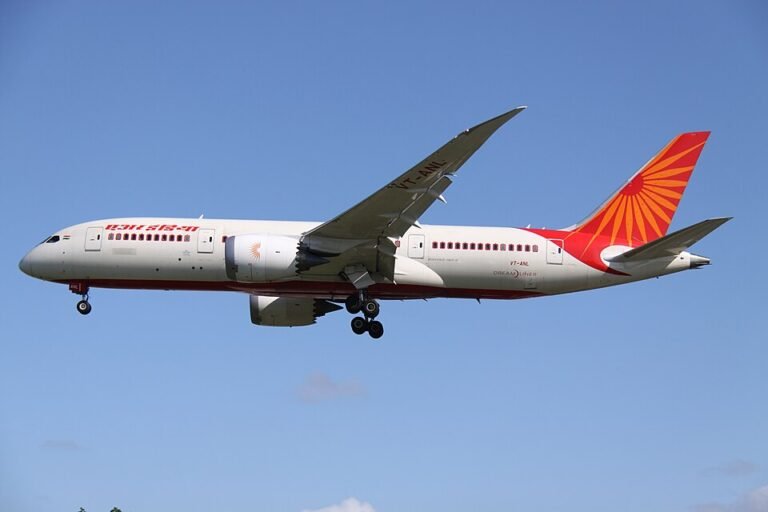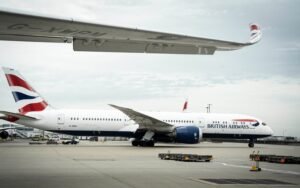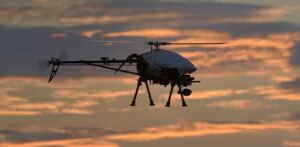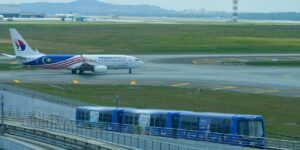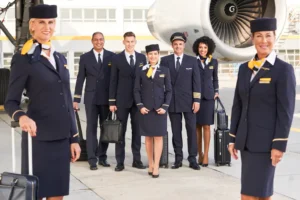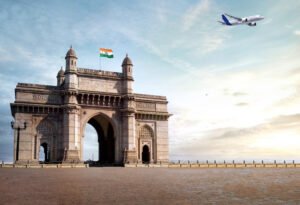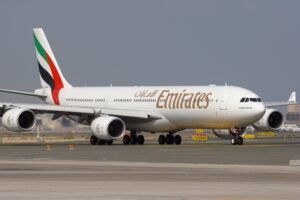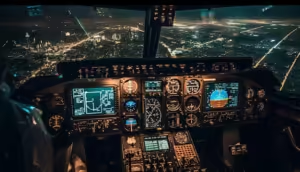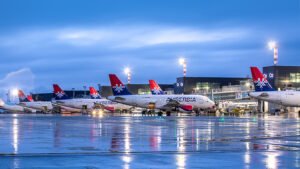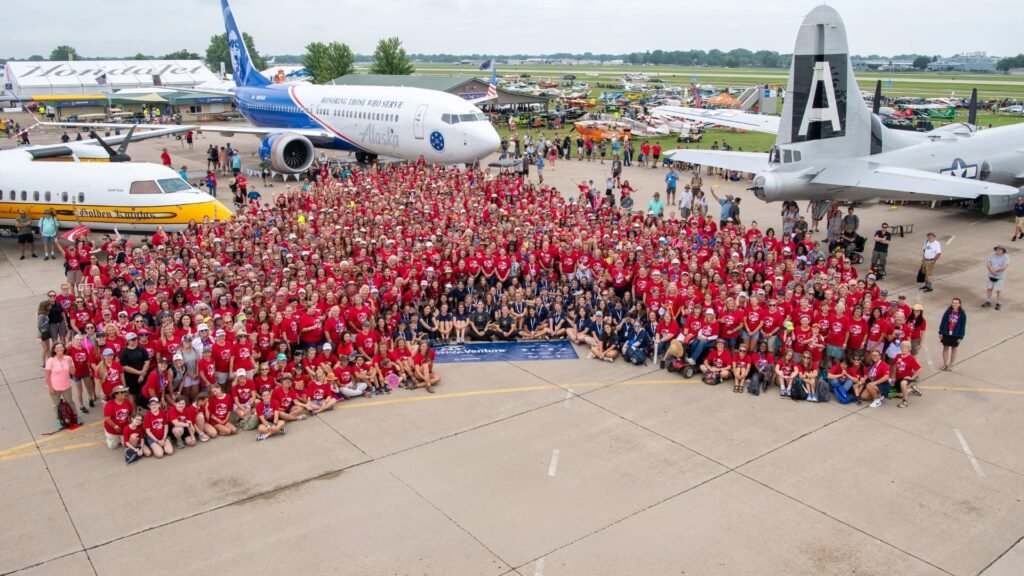
Women have been breaking barriers in aviation for more than a century. In 1910, French aviator Raymonde de Laroche became the world’s first licensed female pilot, inspiring generations to take to the skies. In the United States, Amelia Earhart made history in 1932 as the first woman to fly solo across the Atlantic, becoming a global icon for female aviators. In Russia, Marina Raskova emerged as a legendary pilot during World War II, helping form the all-female combat regiments known as the “Night Witches.”
Sarla Thukral became the first Indian woman to earn a pilot’s license in 1936 at the age of 21. She trained on a Gypsy Moth aircraft and paved the way for others, including Prem Mathur, who in 1951 became the first woman to fly a commercial aircraft in India. These pioneers laid the foundation for today’s progress, where India now has one of the highest proportions of female pilots globally, far surpassing the world average.
Despite these advances, technical and leadership roles in aviation such as aircraft maintenance engineering, ground operations, and senior management have long been male-dominated. Today, however, new milestones in India and Malaysia are demonstrating how women are reshaping every aspect of the aviation industry.
India’s largest airline, IndiGo, has inducted its first-ever all-women batch of aircraft maintenance engineers (AMEs). On September 15, 2025, the airline welcomed 33 women technicians who completed a week-long induction program featuring mentoring sessions by senior leaders and female engineers.
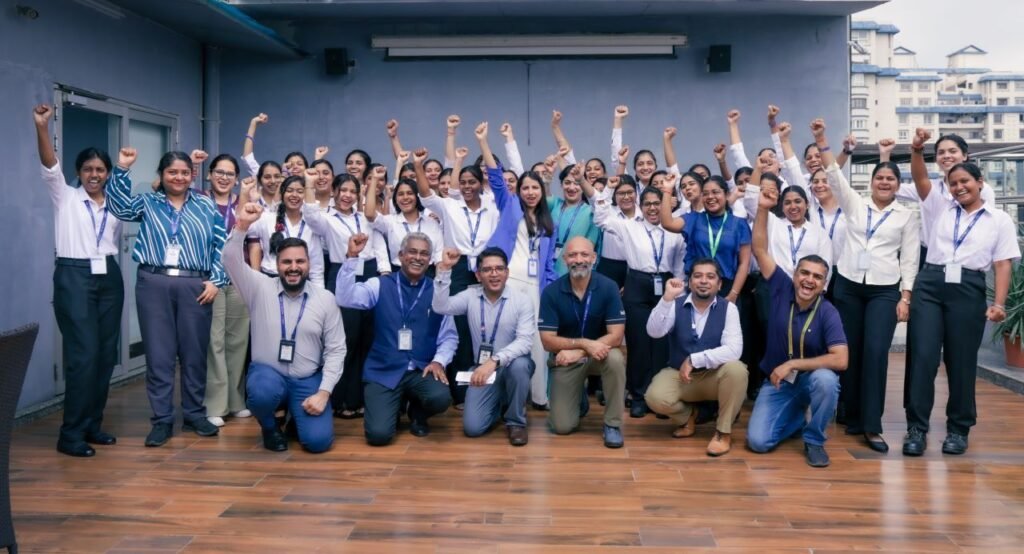
The initiative reflects IndiGo’s commitment to diversity, equity, and inclusion (DEI), focusing on placing women in technical and leadership roles beyond traditional cabin crew or customer service positions.
IndiGo’s workforce already demonstrates significant female representation, with women making up 44.8% of its employees. The airline employs 791 female pilots, accounting for 15.28% of its total pilot cadre well above the global average of about 5%, according to the International Society of Women Airline Pilots. The airline also posted an impressive Technical Dispatch Reliability of 99.89% in FY25, underlining that diversity initiatives are aligned with operational excellence.
This move is particularly significant in India, where aviation is growing rapidly and skilled engineers are in high demand. By positioning women in maintenance and technical operations, IndiGo is not only addressing workforce gaps but also challenging long-standing gender stereotypes in aviation engineering.
Just days later, on September 18, 2025, Malaysia Airlines (MAS) made headlines by operating its first all-women flight, MH2610, from Kuala Lumpur to Kota Kinabalu. The flight was staffed entirely by women across every touchpoint: cockpit crew, cabin attendants, engineers, ground handlers, security, and check-in staff.
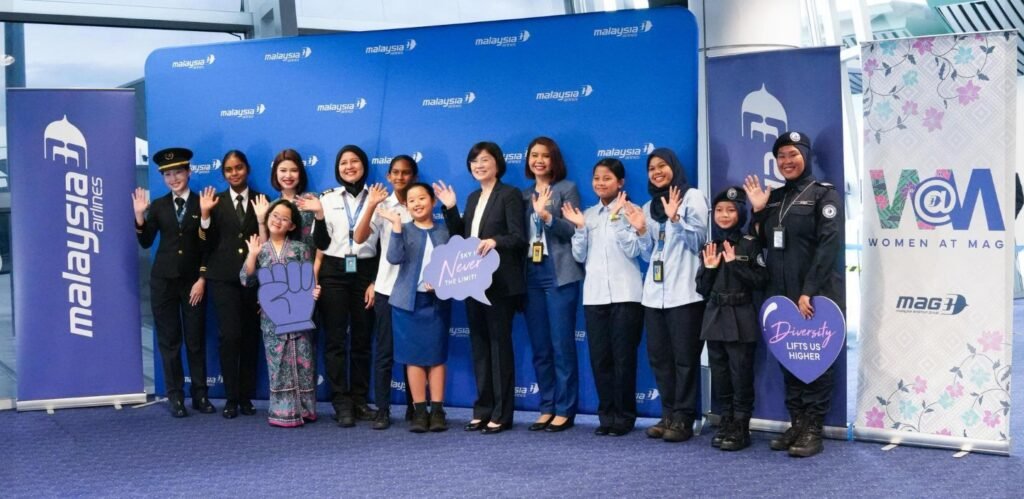
As reported by Bernama, Malaysia Airlines emphasized that women currently make up 36% of the Malaysia Aviation Group’s workforce, exceeding the IATA 25by2025 initiative target, which calls for at least 25% female representation in aviation leadership roles by 2025.
The airline described the all-women flight as a symbolic milestone aimed at inspiring women in the industry and young aspirants considering aviation careers. MAS stated that the initiative demonstrates “the sky has no limits” when it comes to women’s capabilities in aviation.
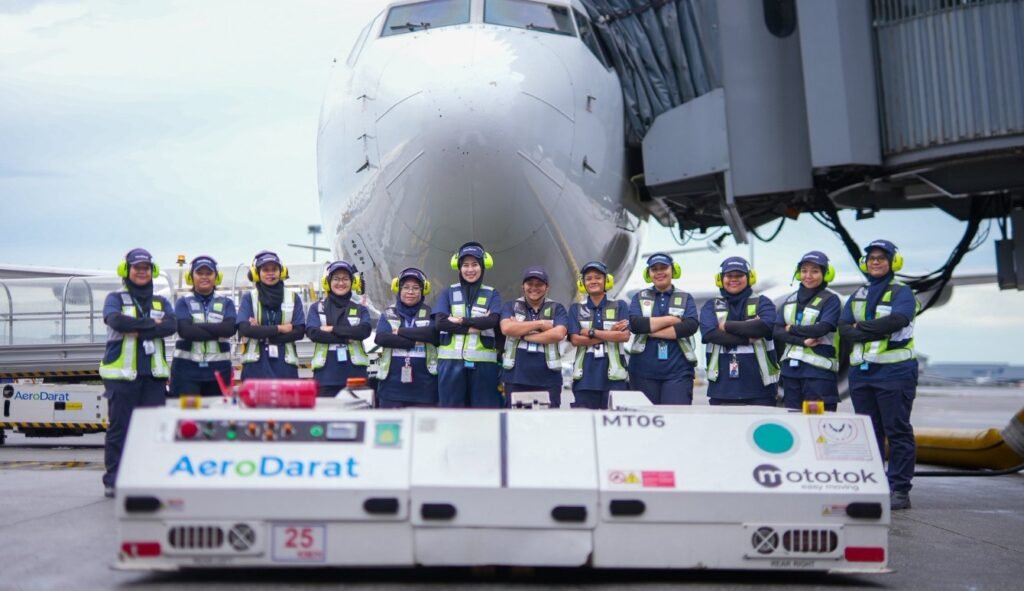
Both IndiGo’s engineering initiative and MAS’s symbolic flight highlight the changing face of aviation, especially in Asia. Traditionally, women in aviation were most visible as cabin crew, while technical and command positions remained male-dominated. But these initiatives show women stepping into areas once considered inaccessible: maintenance hangars, cockpits, engineering bays, and executive offices.
Globally, airlines and regulators have struggled to increase women’s representation in aviation. The International Air Transport Association (IATA) launched 25by2025 to push for more female leaders, yet progress remains uneven. The U.S., for instance, has less than 6% female pilots, and Europe records similar figures.
India, however, is an outlier. It leads the world with over 15% women pilots, and airlines like IndiGo, Air India have been steadily increasing female participation in technical roles. Analysts suggest that India’s early pioneers like Sarla Thukral created an aspirational path, and the country’s booming aviation sector is now providing opportunities to convert ambition into careers.

